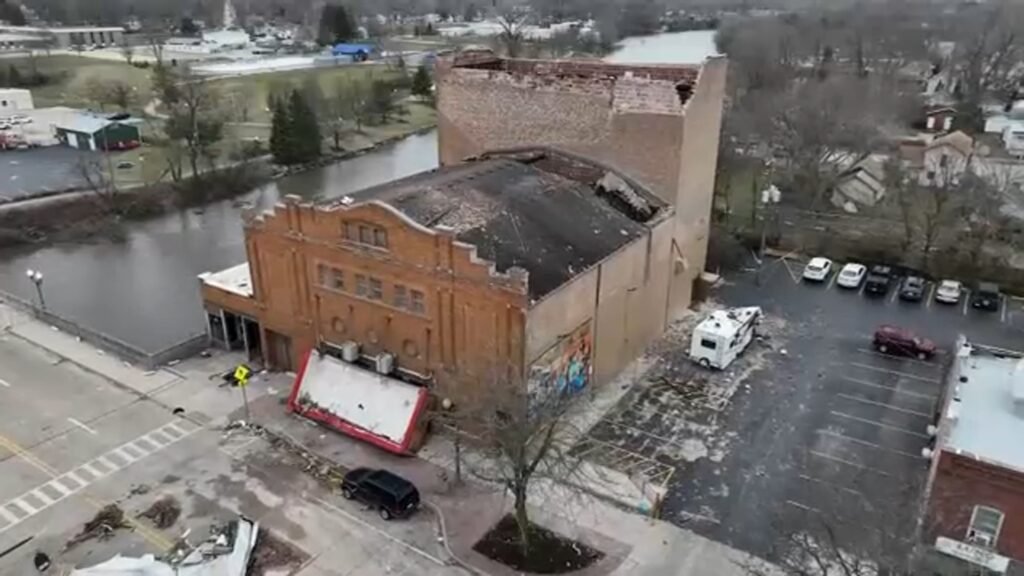Metal roofs are becoming increasingly popular, mainly due to the popularization of modern architecture. However, before you make a decision about replacing asphalt shingles with sheets of stainless steel, it is worth analyzing the pros and cons of this solution. For this reason, in this article we will list the pros and cons of metal roofs and consider whether it is worthwhile to opt for this technology.
Table of Contents
Pros Of Metal Roofing
Steel and aluminum roof technology has several very important advantages. As a metal roofing contractor from Wheeling, we can say that the most important of these are:
Life Span

A typical roof made of natural cedar lasts from 10 to 20 years of use. Asphalt shingles, especially those precipitated by reputable manufacturers, can last longer, but will almost certainly need to be replaced after 25 years. In the case of metal roofs, the lifespan is 30, 50 or even 70, although a great deal depends on the material you choose, the care you take in maintenance and the climate in which your home is located. Only some synthetic roofs (30-50 years) and those made of natural slate and terracotta (40-100 years) have a similar life span.
Metal roofs have a much longer life in dry conditions – where asphalt shingles degrade from heat and sun, sheets of metal are not subject to corrosion.
Durability And Wind Resistance

The strength of roofs made of metal depends on the material used. Aluminum, for example, is much more flexible than galvanized steel, but it is also more susceptible to hail damage. Regardless of the alloy, however, metal roofs are relatively durable and, after years, generally look much less worn than slate tiles and asphalt shingles.
Because of their smooth surface, roofs made of sheets of metal can be extremely resistant to wind. Unlike asphalt shingles and cedar shakes, rooftops made of metal are relatively aerodynamic, which plays a key role in hurricane-prone areas. Many manufacturers guarantee a standard wind resistance of 150 mph, but practice shows that many houses with aluminum, stainless and copper roofs can withstand even harsher conditions.
Sustainability

As surprising as it may seem, metal roofing systems are usually very environmentally friendly. This is because both aluminum and steel can be used for many years, and at the end, they can be recycled again and made into a new roof. It is worth noting that in the United States, 69% of the steel produced is recycled; in the case of aluminum, it is slightly less – about 65%. According to the same source, 100% of the weight of a steel roof is recyclable. This is a result that certainly cannot be achieved with any other material, and definitely not with asphalt shingles.
Biological Safety
Steel is also, as a rule, safe for humans. Unlike asbestos, no carcinogenic compounds are emitted during the demolition and installation of metal roofs, the subsequent operation of the house is also completely safe. In the case of aluminum, the situation is somewhat worse – in some situations, the resulting chemical compounds can be harmful to the nervous system, but so far, no health problems have been reported from the use of this roofing technology.
Fire resistance is also worth mentioning. The vast majority of metal roofs receive the highest category A – exactly like premium asphalt shingles from GAF and synthetic cedar shakes from DaVinci Roofscapes. On the one hand, heating sheet metal doesn’t emit any toxic chemicals, which makes them safer to use, but on the other hand, you have to reckon with the fact that many roofs are additionally insulated with varnishes, paints and other coatings, which are usually no longer so neutral to our health.
Cons Of Metal Roofing
Unfortunately, no technology is without its drawbacks. Metal roofs can be discouraging because of:
High Initial Cost
As is usually the case, the price of a roof depends on many factors, but in general, modern metal roofs are not the cheapest possible solution. The price disparity is colossal – it’s from $3 to as much as $17 per sqft, and in the case of copper roofs, costs can top $30 per sqft. In a sense, of course, this is paying for a long and trouble-free operation, but for large houses, many people may not be able to absorb the expense of replacement.
Hail Vulnerability

Unfortunately, roofs made of aluminum and copper are highly susceptible to hail damage. Although they usually only affect the aesthetics of the house and do not pose a threat, such as the development of leaks, many homeowners choose to replace damaged sheets or repair them anyway. Of course, this generates costs that must be kept in mind.
Noise
Perhaps the most frequently cited disadvantage of metal roofs is the noise they generate from rain and hail. Because of their rigidity, both steel and aluminum transmit sound perfectly. The distinctive noises have their admirers, of course, but the vast majority of people are not comfortable with them. Fortunately, modern thermal insulation also dampens the noise, so this drawback of metal roofs is becoming increasingly irrelevant.
Are metal roofs expensive?
Metal roofs are usually more expensive than asphalt shingles and cedar shakes, but you will pay less for them than for natural slate. Prices range from $3 to $17 per sqft. but most often, it will be around $7-$9 per sqft.
Is aluminum better than stainless steel in roofing?
Aluminum tends to be cheaper and lighter, but is more susceptible to damage. At the same time, stainless steel is more resistant to corrosion and mechanical damage from both hailstorms and, for example, falling branches. Typically, aluminum will therefore be an inferior choice, but the lower quality is compensated by a better price.
What is the lifetime of stainless steel roof?
A well-made stainless steel roof should last up to 70 years. The thicker, sturdier and more corrosion-resistant the sheet metal, the longer you will enjoy trouble-free operation of your roof.
How often should I have my metal roof inspected?
For recently installed stainless steel roofs, inspections every 3-5 years will suffice completely. Older roofs, after several years of use, should be inspected by a specialist at least every 2 years.

